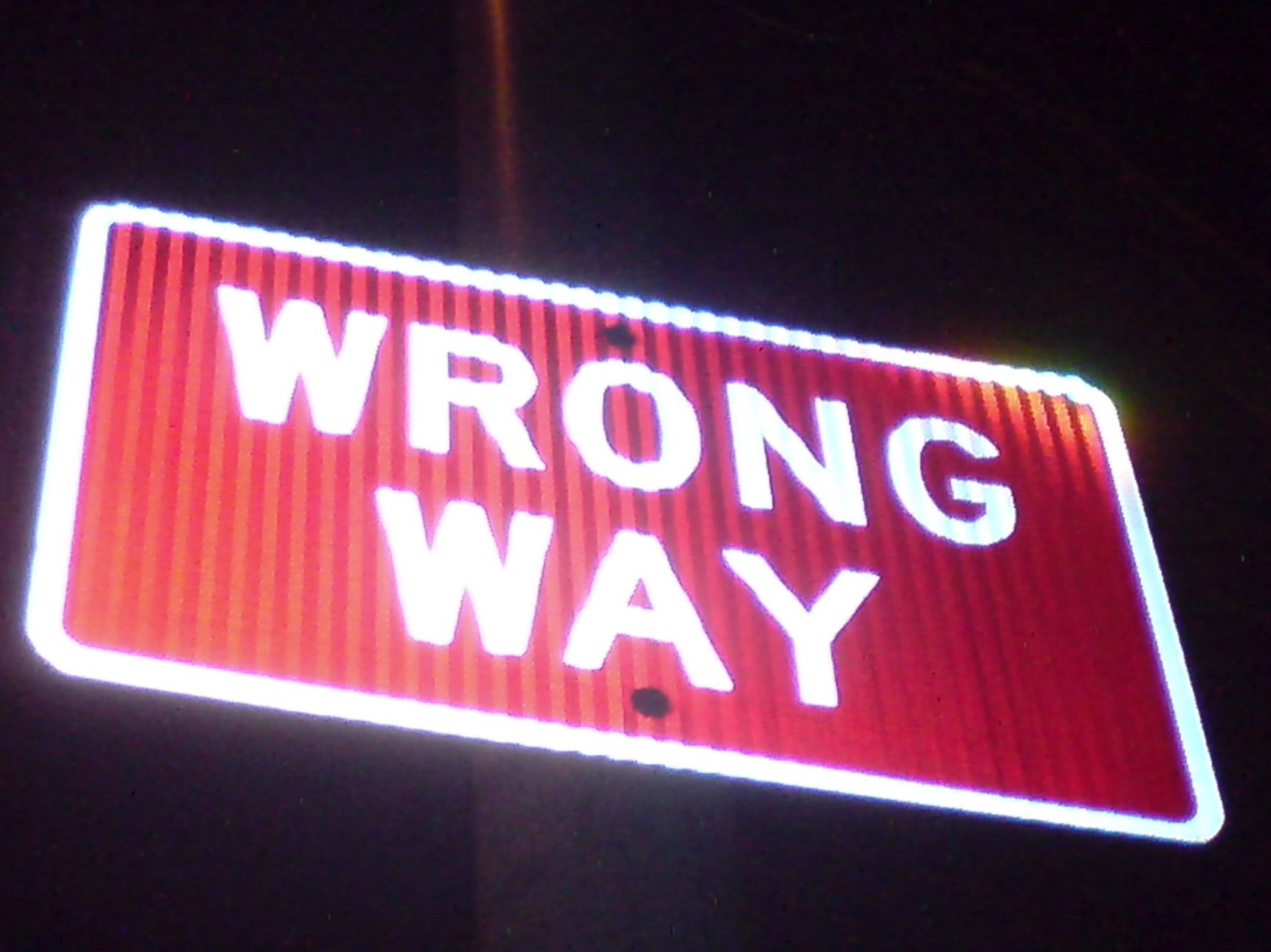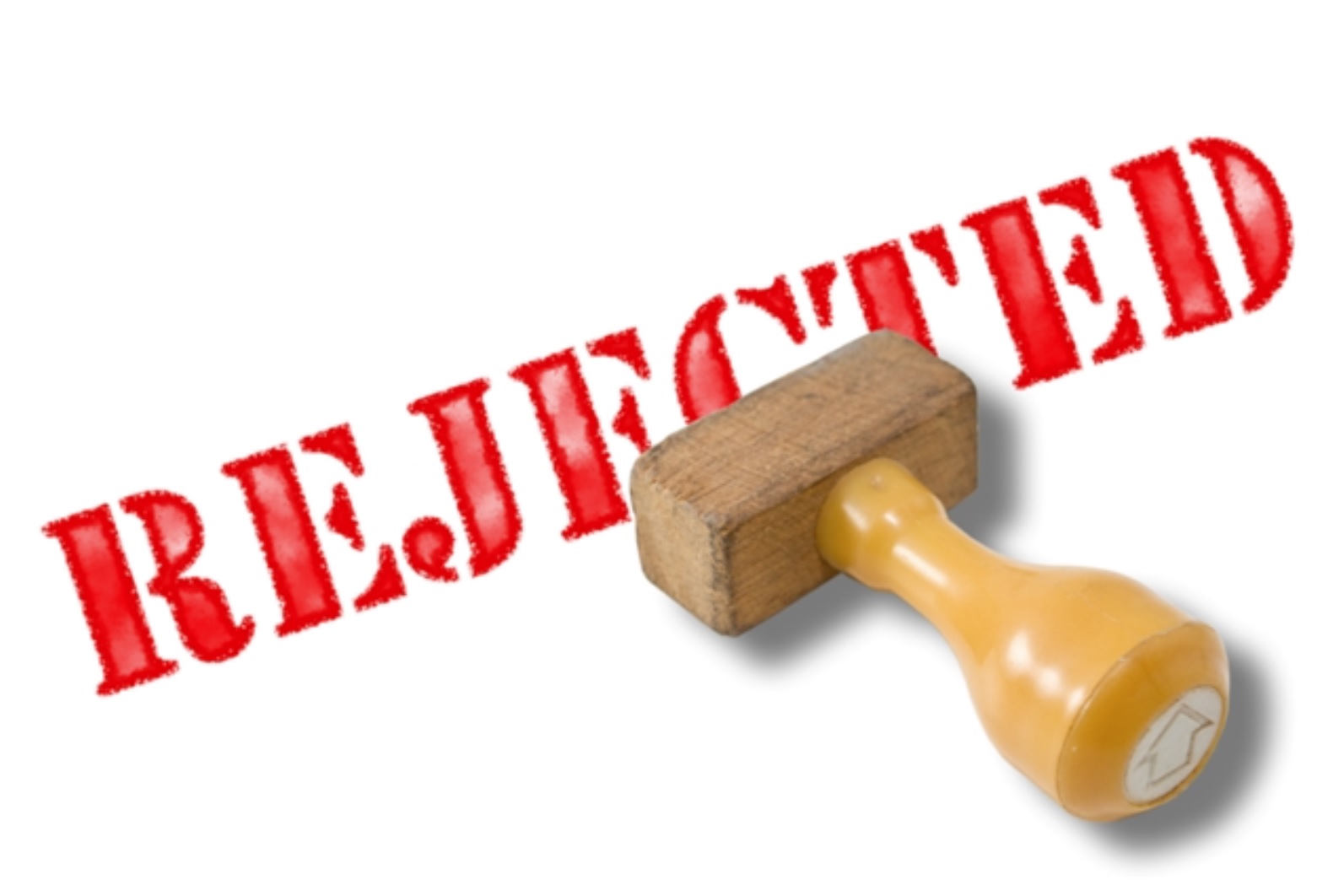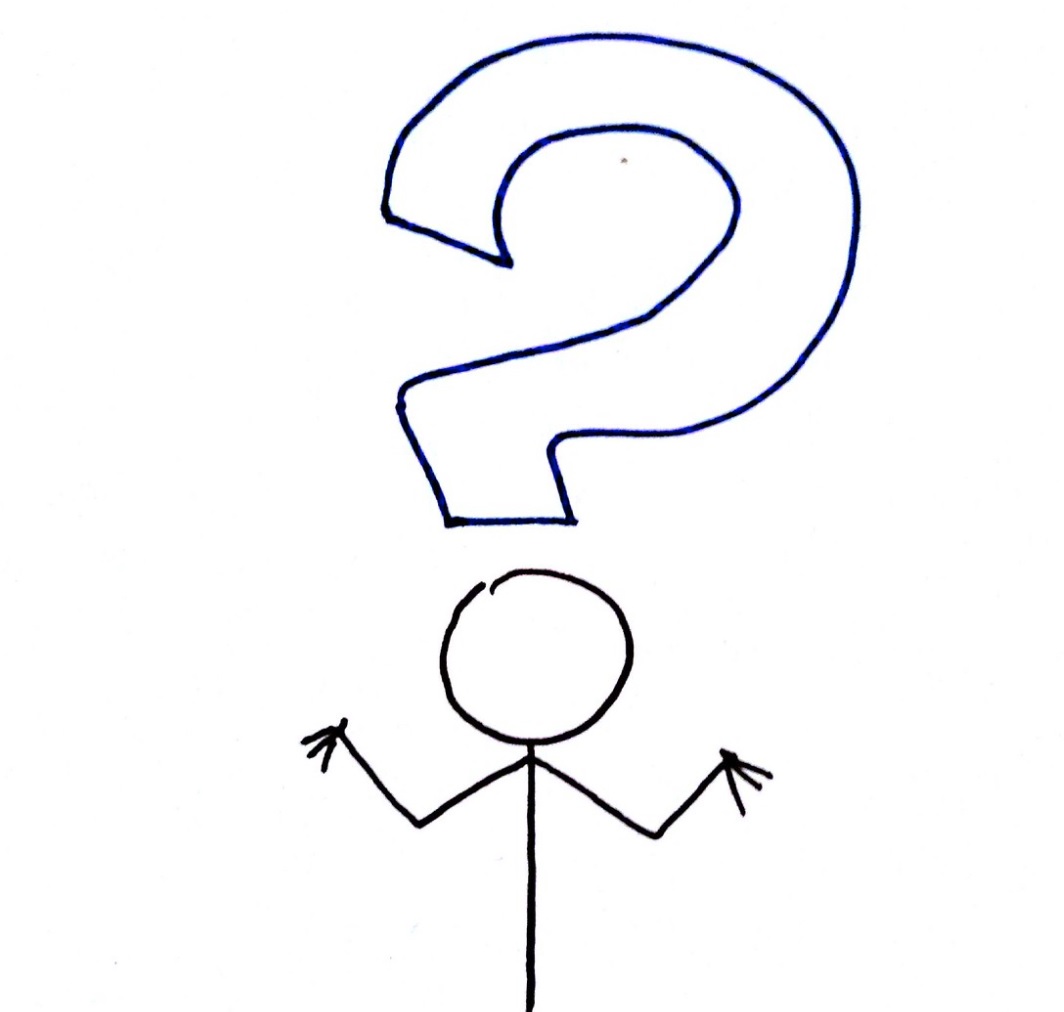JavaScript is disabled. Many links and examples on this page need JavaScript enabled to work properly.

Special thanks to Alison from Flickr for photo contribution.
What if The Wrong Player starts expressing why they're supposedly right? What will happen then? Well, The Wrong Player will express why to form a similar series of small why proofs, and the proofs will also be set up in that special way, where if all of their UPs were right, then their original P0 claim would be right. But The Wrong Player's original P0 is not right, so we know that not all of their UPs are right. One or more of The Wrong Player's UPs must be wrong. If an UP is demonstrable, then you can demonstrate that it's true on command, as this is what it means to be demonstrable. If you can demonstrate that it's true, it has to be true in order for you to be able to do that! So if an UP is demonstrable, then it's true. Wrong UPs are not true, so they are therefore not demonstrable. (Think of the claim, "There is no way to improve at math." Why is there no way? There's no way because there's no way, and that's that. So this claim is an UP. But you can't demonstrate that there's no way, you can only demonstrate if there is a way.) So, if one or more of The Wrong Player's UPs are wrong, then they are both wrong and non-demonstrable.

Special thanks to Vic from Flickr for photo contribution.
Now, if The Right Player accepted all of these UPs (even though one or more are wrong), then The Right Player would agree with The Wrong Player on the original P0 claim, and The Right Player would be wrong as well. Since The Right Player is not wrong about the original P0, we know that they will not accept all of The Wrong Player's UPs. The Right Player must reject one or more of The Wrong Player's UPs. There are three kinds of UPs:
Demonstrable (And Therefore Right) UPs:
Since any demonstrable
UPs are right, as said above,
The Right Player, if they don't already, will accept any of
The Wrong Player's
UPs
that are demonstrated to them (and therefore proven right to them).
Non-Demonstrable But Right UPs:
As far as non-demonstrable but right
UPs are concerned, if
The Right Player disagreed with a right
UP, then they
wouldn't be right on this topic, so we know that as long as
The Right Player is
right on
the topic in question, they will agree with any non-demonstrable but right
UPs.
Wrong (And Therefore Non-Demonstrable) UPs:
All wrong claims are non-demonstrable (as shown above).
Since The Right Player must reject one or more
of The Wrong Player's
UPs, and they accept all correct
UPs, both
demonstrable and non, then
"wrong and non-demonstrable" UPs are all
that is left for The Right Player to reject! For this reason, The
Right Player will reject one or more of those
wrong and non-demonstrable UPs.
Since The Right Player will reject one or more of those wrong and non-demonstrable UPs, then they will hold the opposite of that UP true. (They will believe, "It is NOT 8:00am," if they reject the claim, "It IS 8:00am,", etc.) So if the UP is wrong and non-demonstrable, then The Right Player will hold the UP's opposite, call it (the correct) O, true. Now, we have seen earlier that for any (correct) P0, we can why-prove and/or simply demonstrate it to be true using small why proofs. So, if you just plug in (the correct) O as the new P0, then The Right Player will be able to why-prove and/or simply demonstrate that O is true. (Except for the rare occurrence, where O is true but non-demonstrable, in which case both players have to just accept that neither can know whether the original P0 claim is true or false, in which case neither player should hold it true anymore.) But assuming the usual, that The Right Player can why-prove and/or simply demonstrate O true... Once The Right Player proves O true, then they have proven its opposite, the UP in question, to be false.

Special thanks to Tsahi Levent-Levi from Flickr for photo contribution.
So with The Wrong Player's why proofs, The Right Player will be able to why-prove or simply demonstrate that one or more of The Wrong Player's UPs are not true. The UPs are the foundation of the why proof chain; when the foundation of the proof is taken out, and the givens are no longer accepted as true, then the original P0 falls apart, even for The Wrong Player, who originally held it true. (It's important to note here, if, for example, The Wrong Player at first believed, "Electronic music sucks,", then proving an UP of theirs false would only get them to agree that, "Electronic music does not suck.". It will not get them to agree that electronic music is awesome, yet. That is a different P0 claim, to prove using a different set of why proofs.
But in any case, The Right Player proving one single UP wrong has invalidated the whole chain of why proofs that lead The Wrong Player to form their (incorrect) conclusion. The Right Player was able to correct The Wrong Player about their original P0 viewpoint claim, all because of The Wrong Player's why proofs. The Wrong Player expressing why their viewpoint claim was supposedly right allowed The Right Player to be able to correct them about their original viewpoint claim. No matter what their original P0 viewpoint claim was.
With UNIFY, both players can easily express why they hold their P0 viewpoint claim, and UNIFY helps the players form and organize their why proofs. That way, no matter which player answers why and forms why proofs, The Right Player is able to show The Wrong Player that they're right. And this goes for any P0 viewpoint claim that the players originally choose.
UNIFY: The Agreement App
The Freeeeeee App For Finding The Truth Together With Others In Disputes
Show Anyone You're Right On Any Topic
In 100 Rounds Of The App Or You Earn
$5,000!
(See More Info)
(You've Got To Be Right First, Of Course, But Details!)
Let's play!